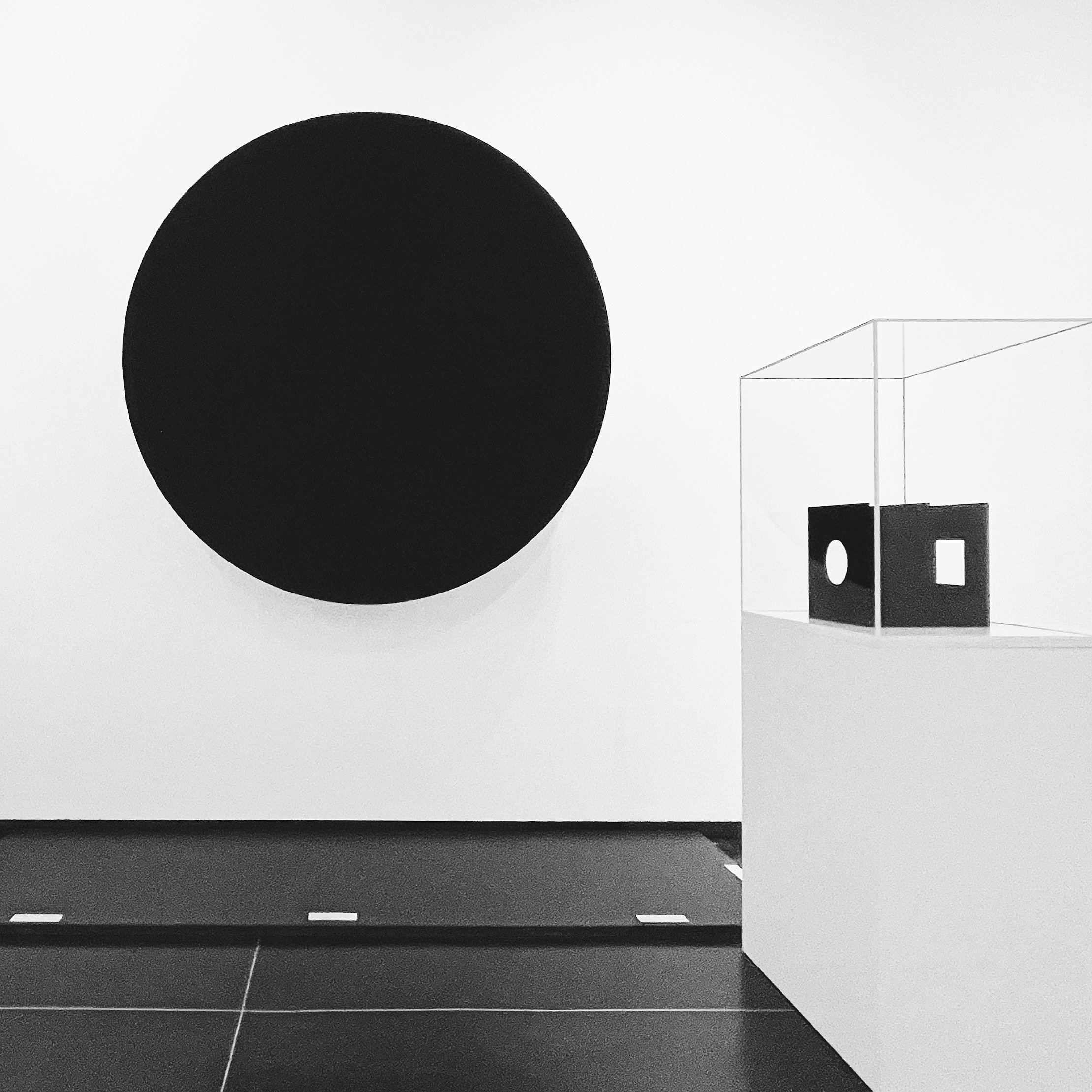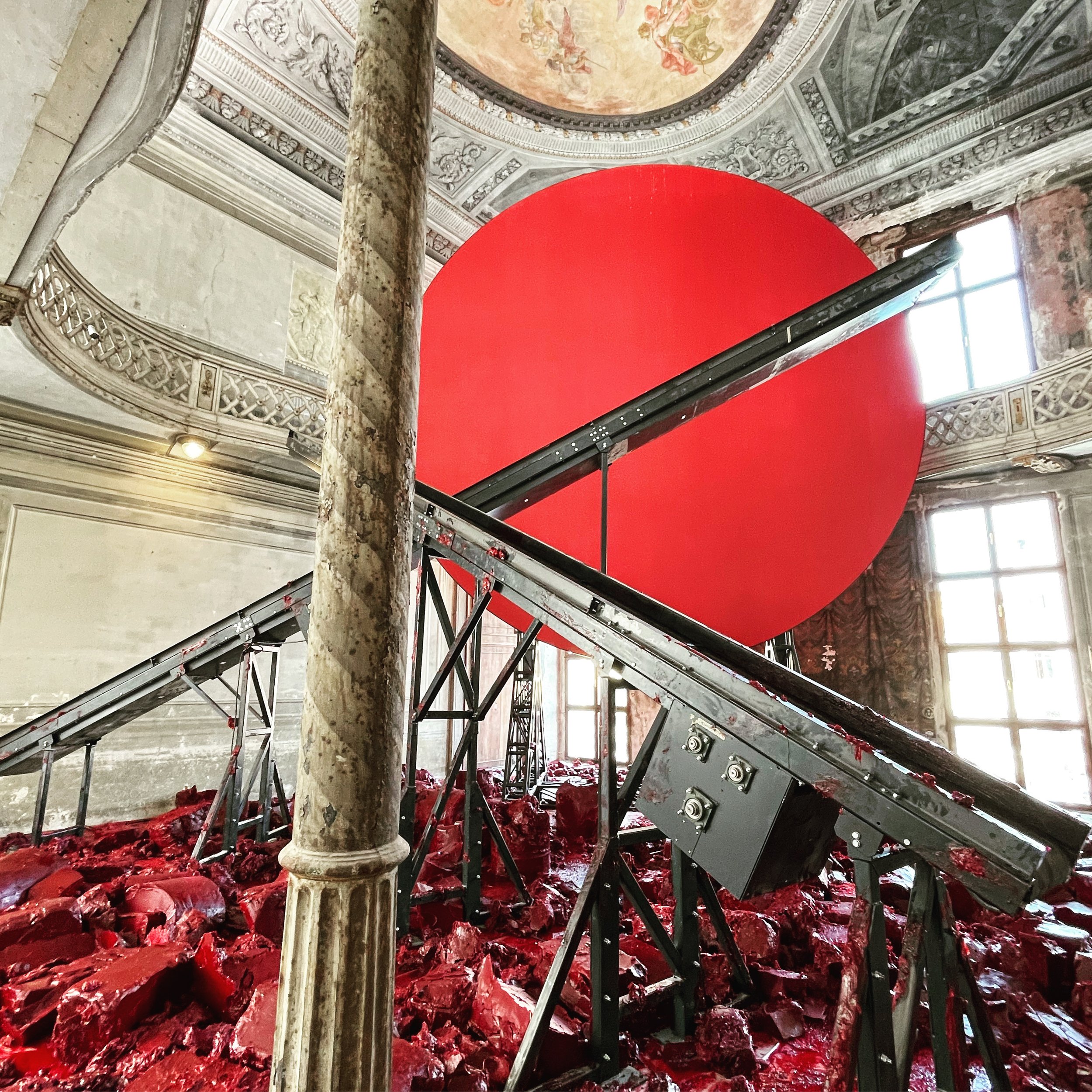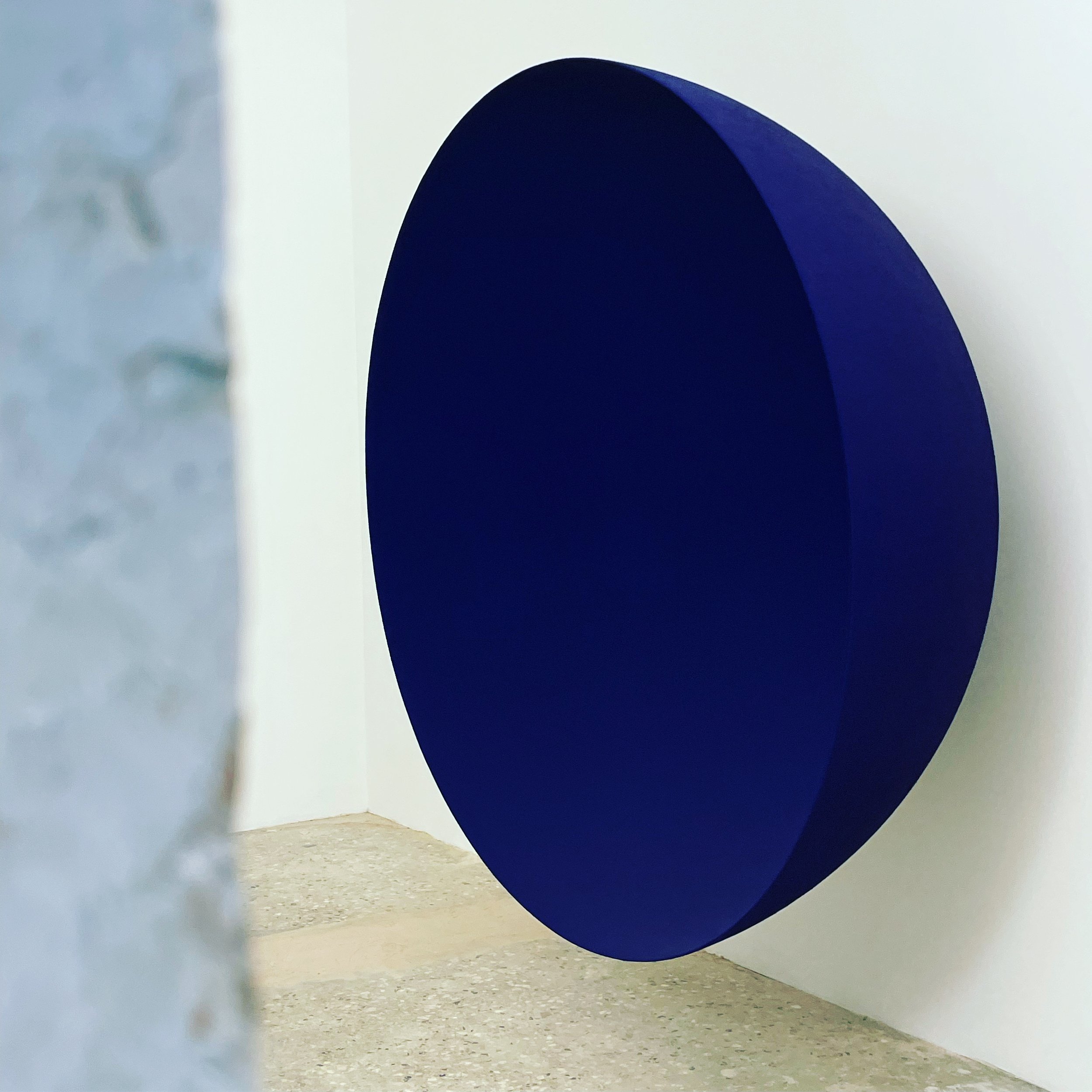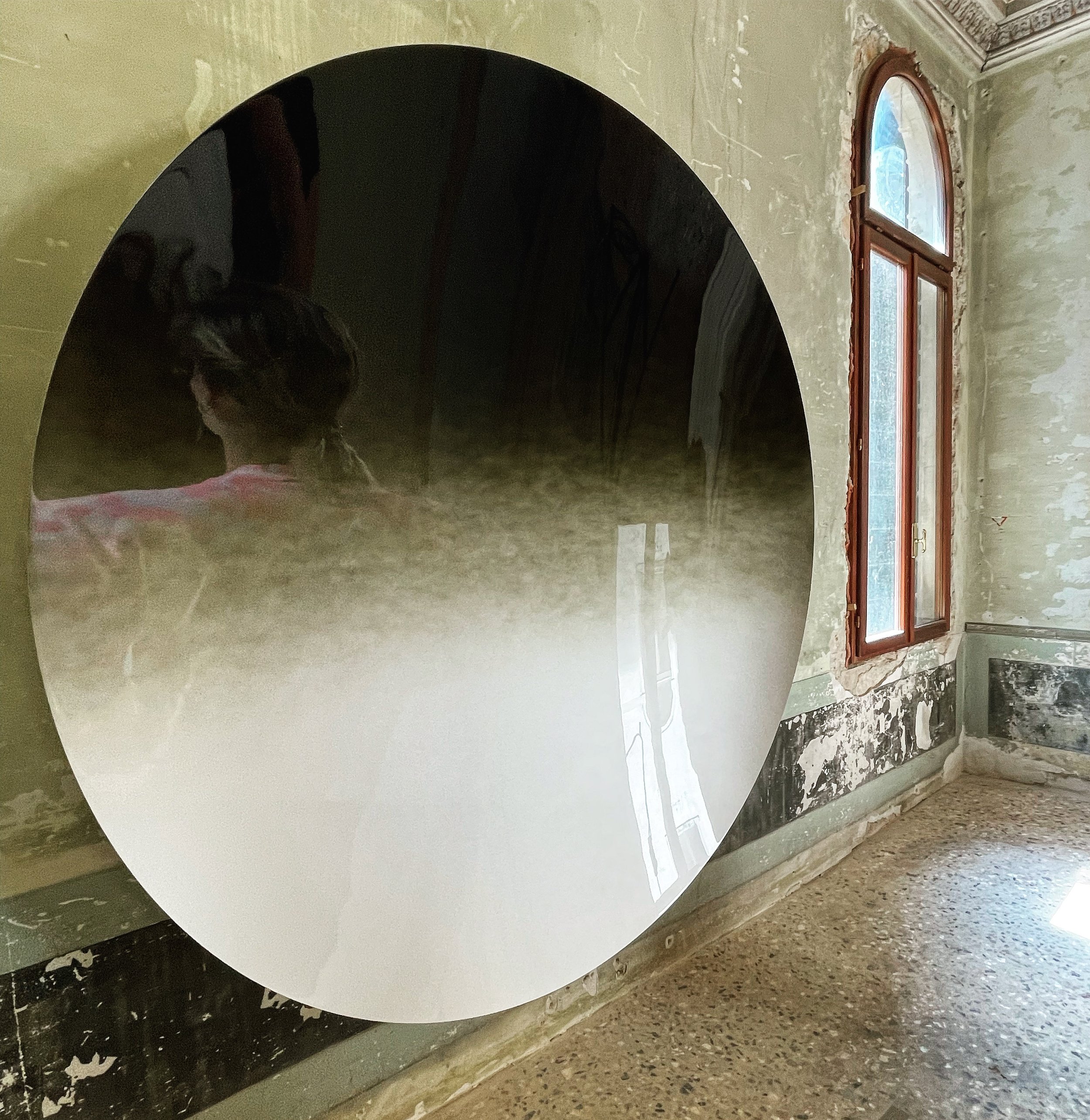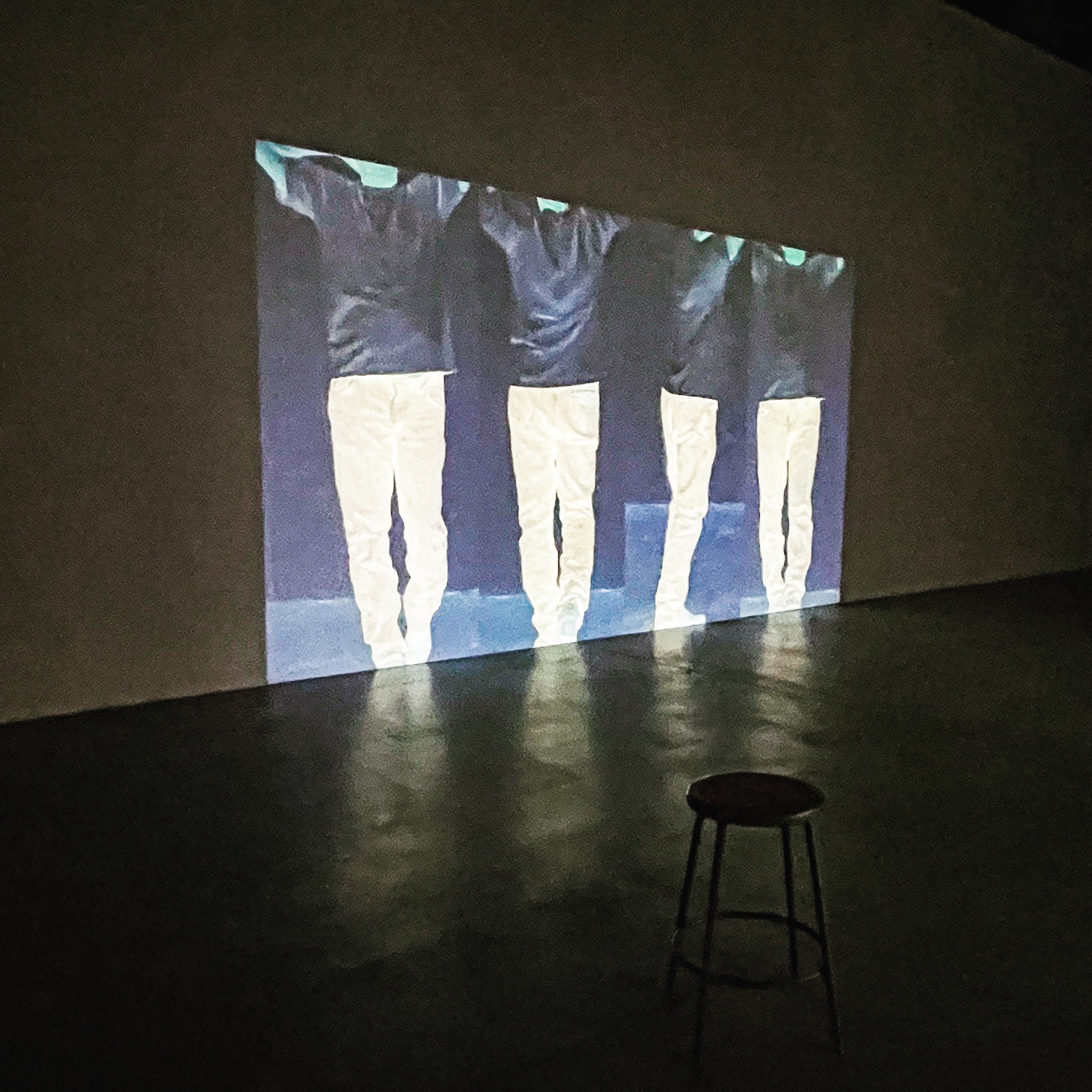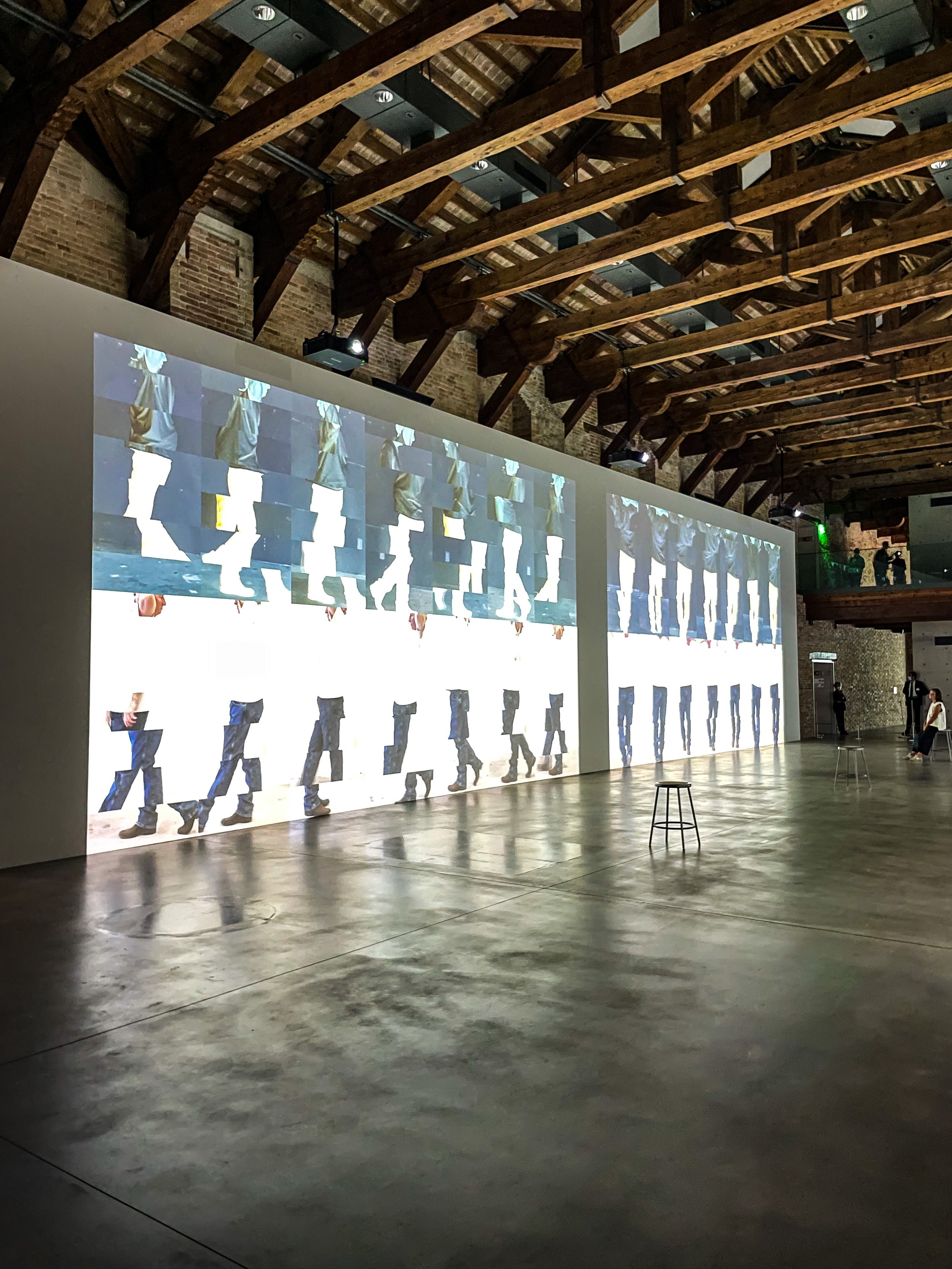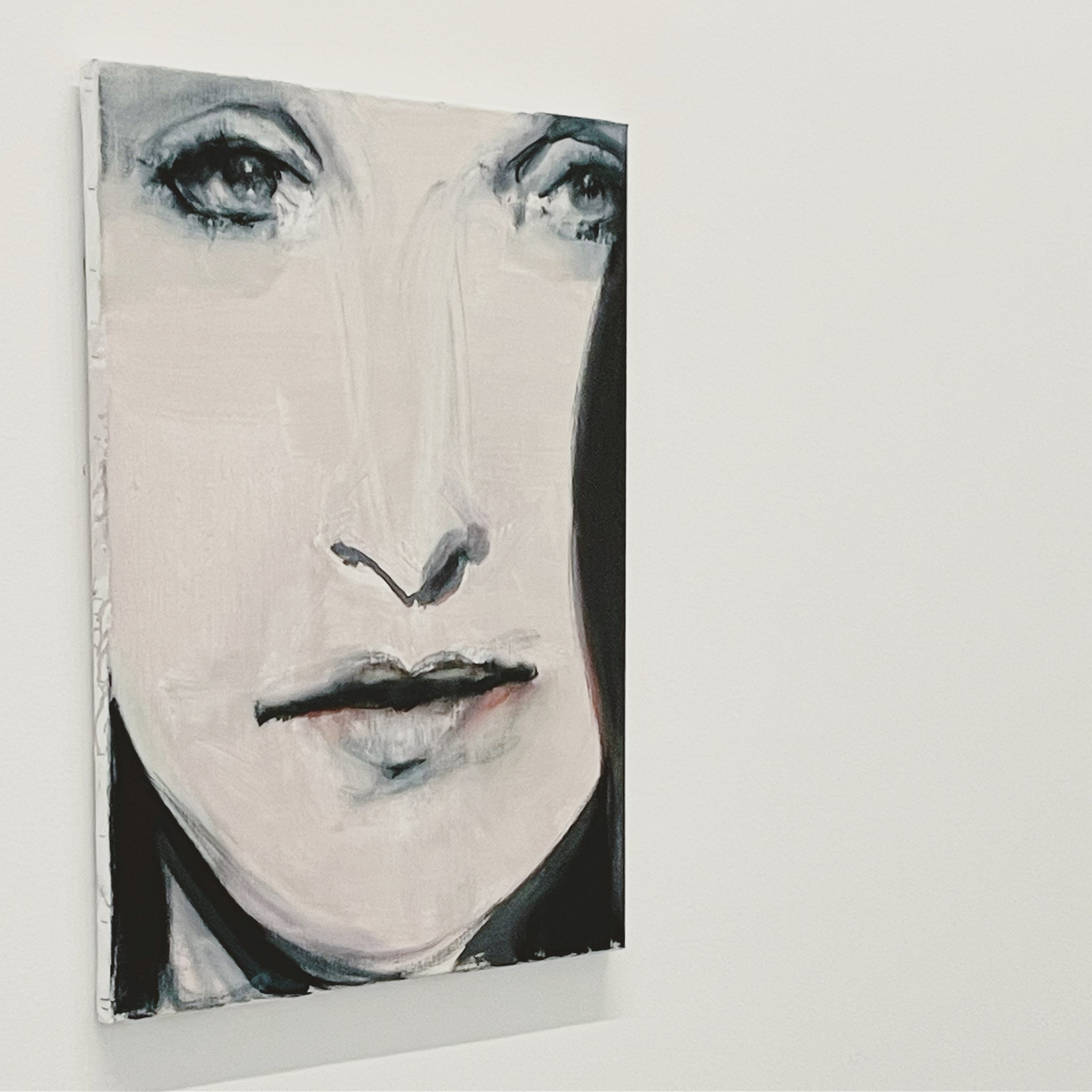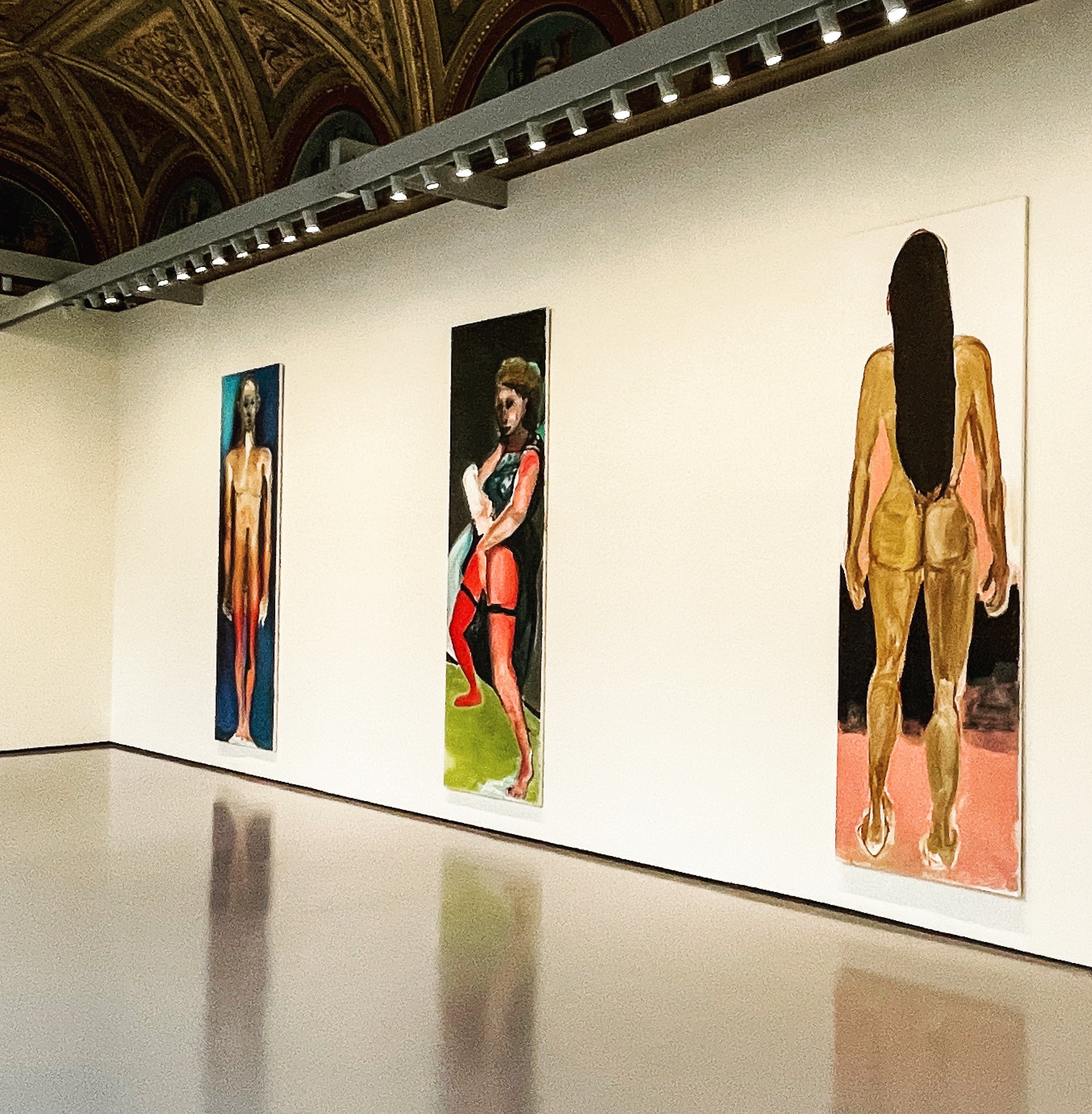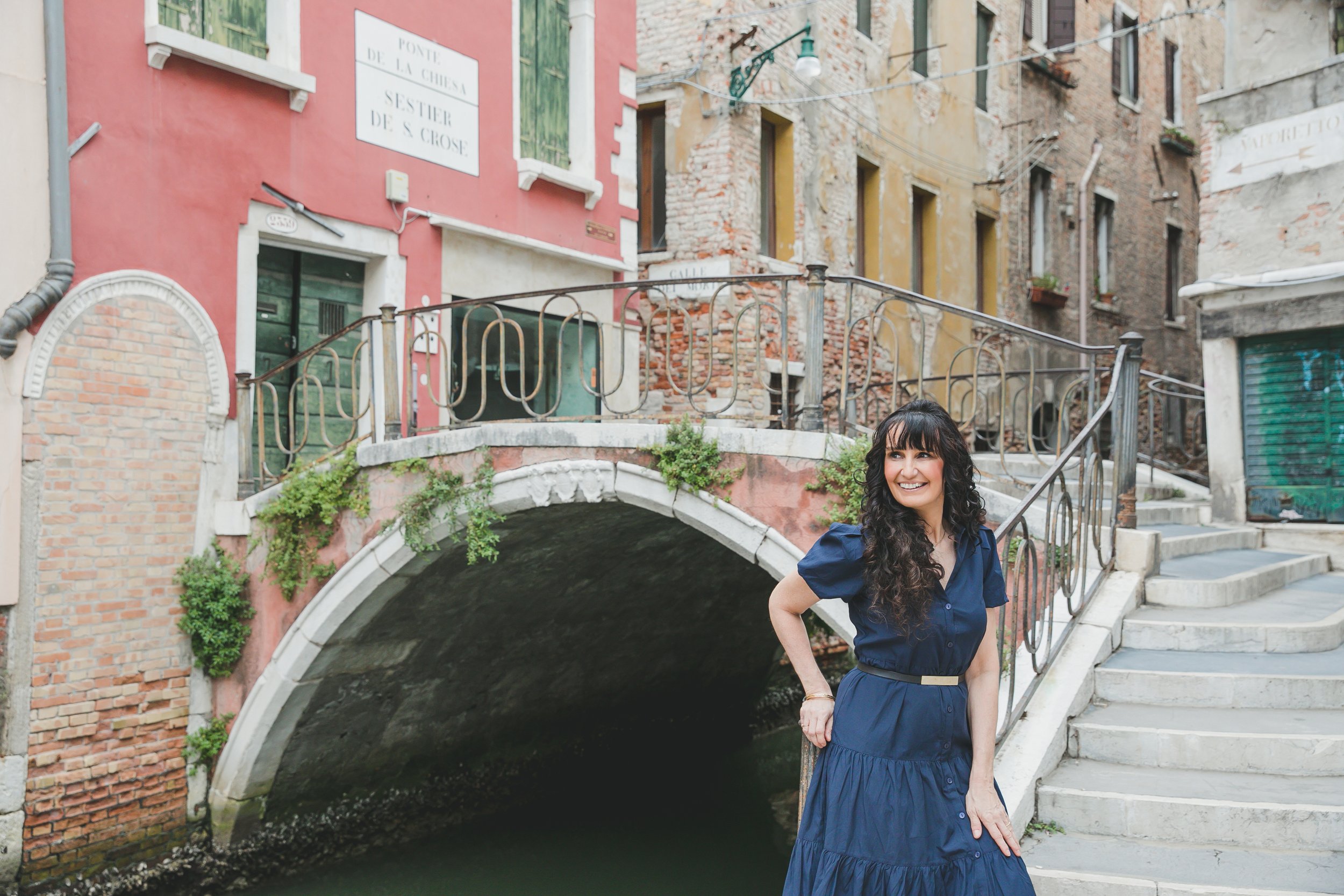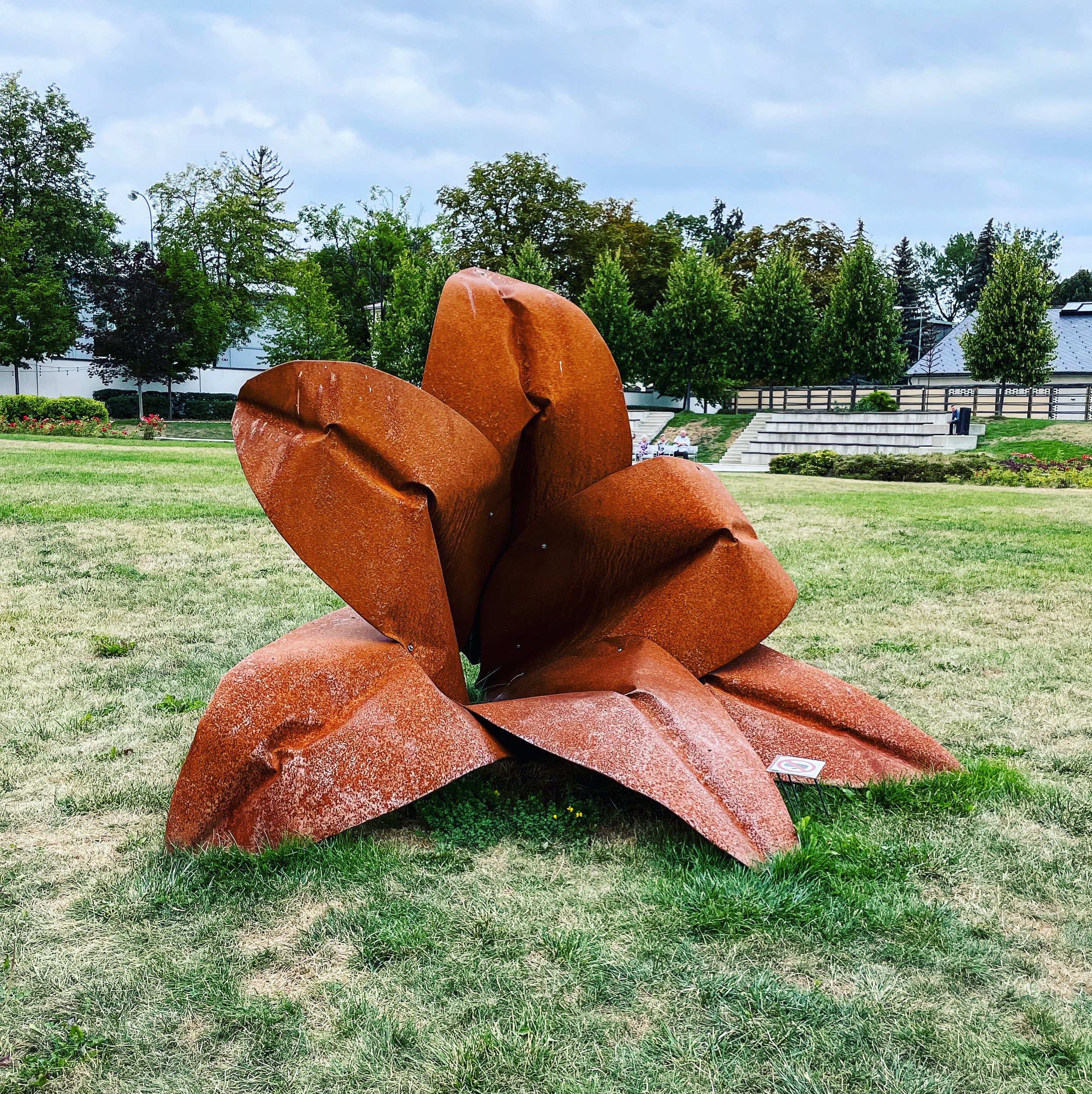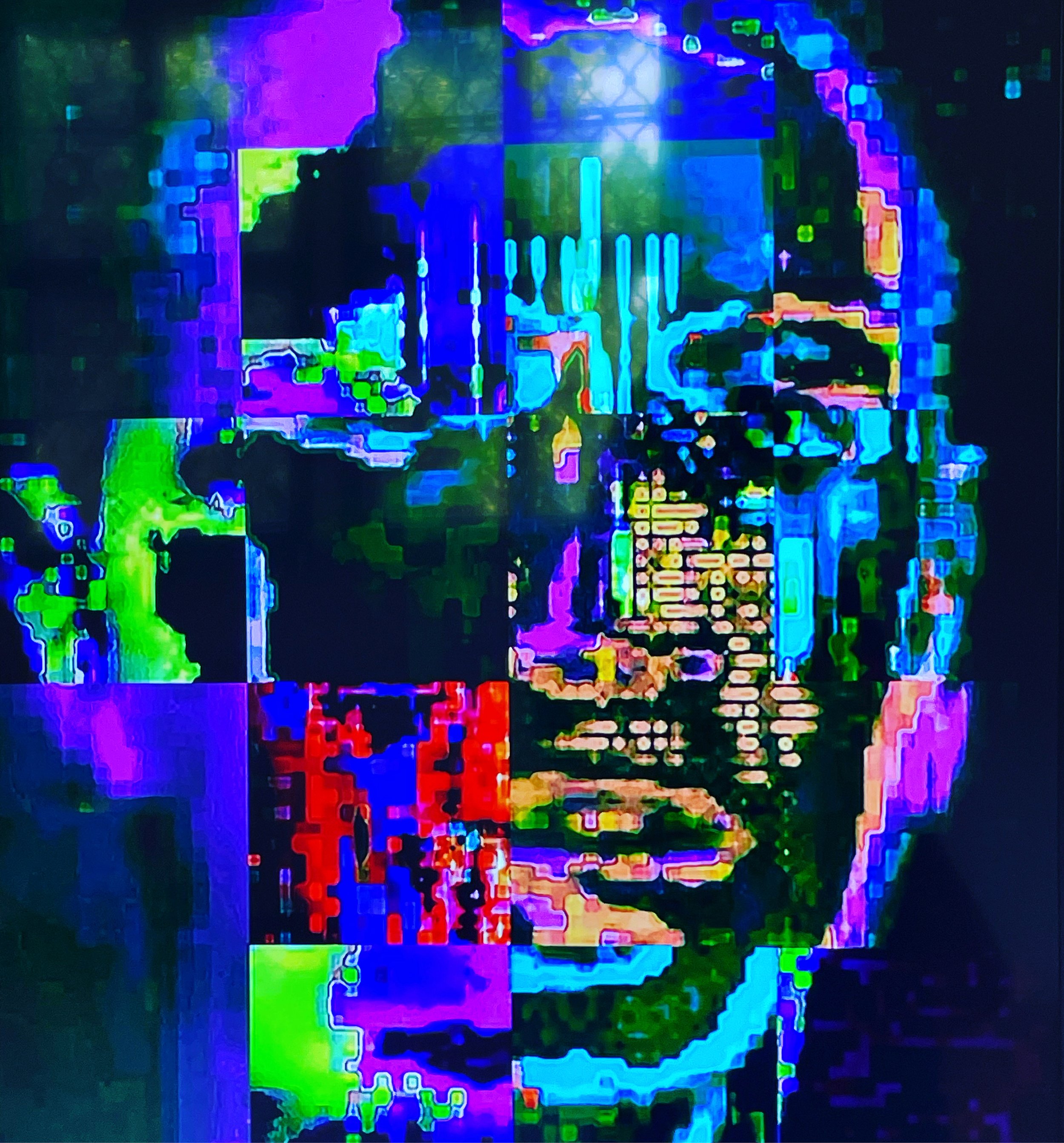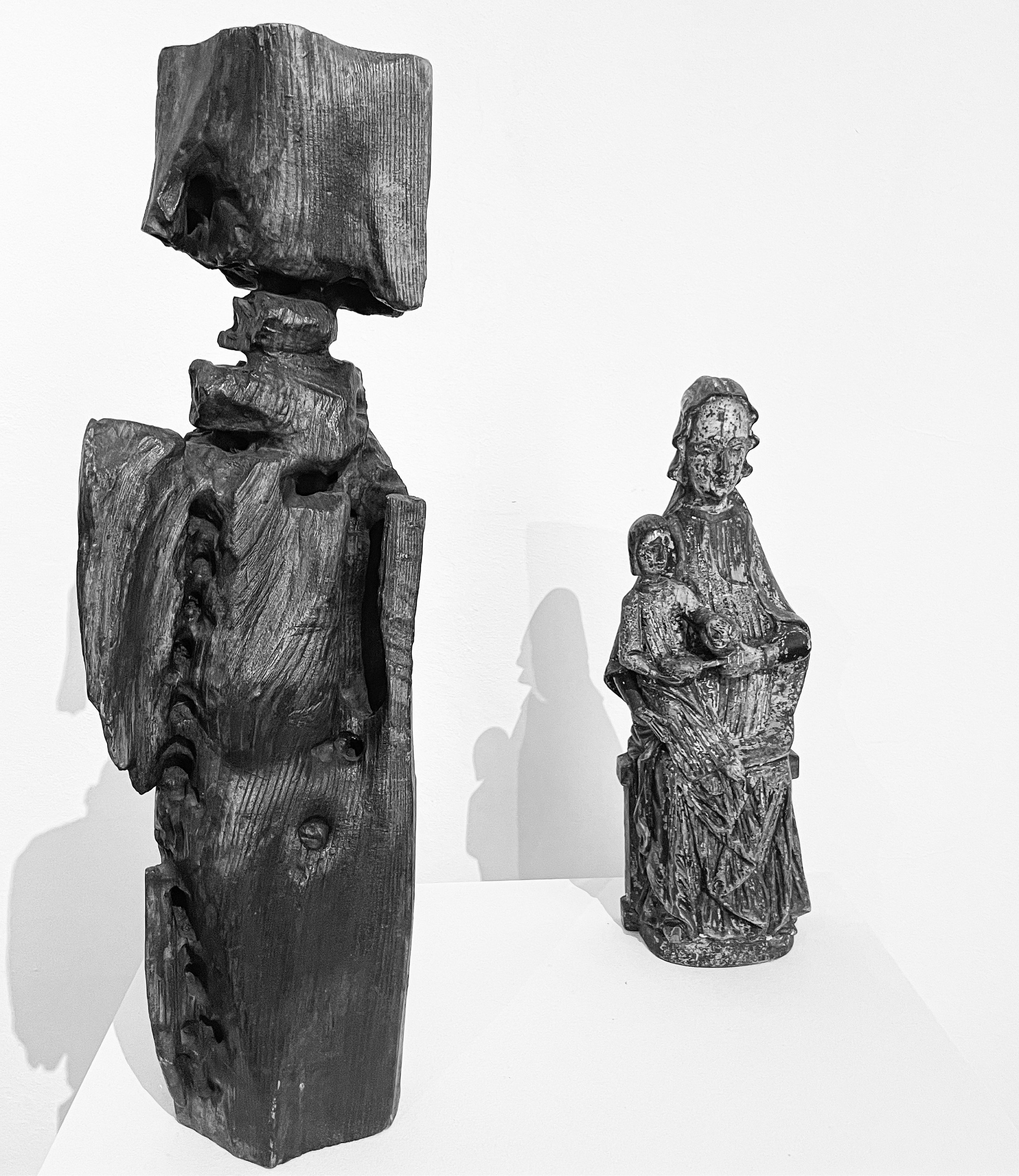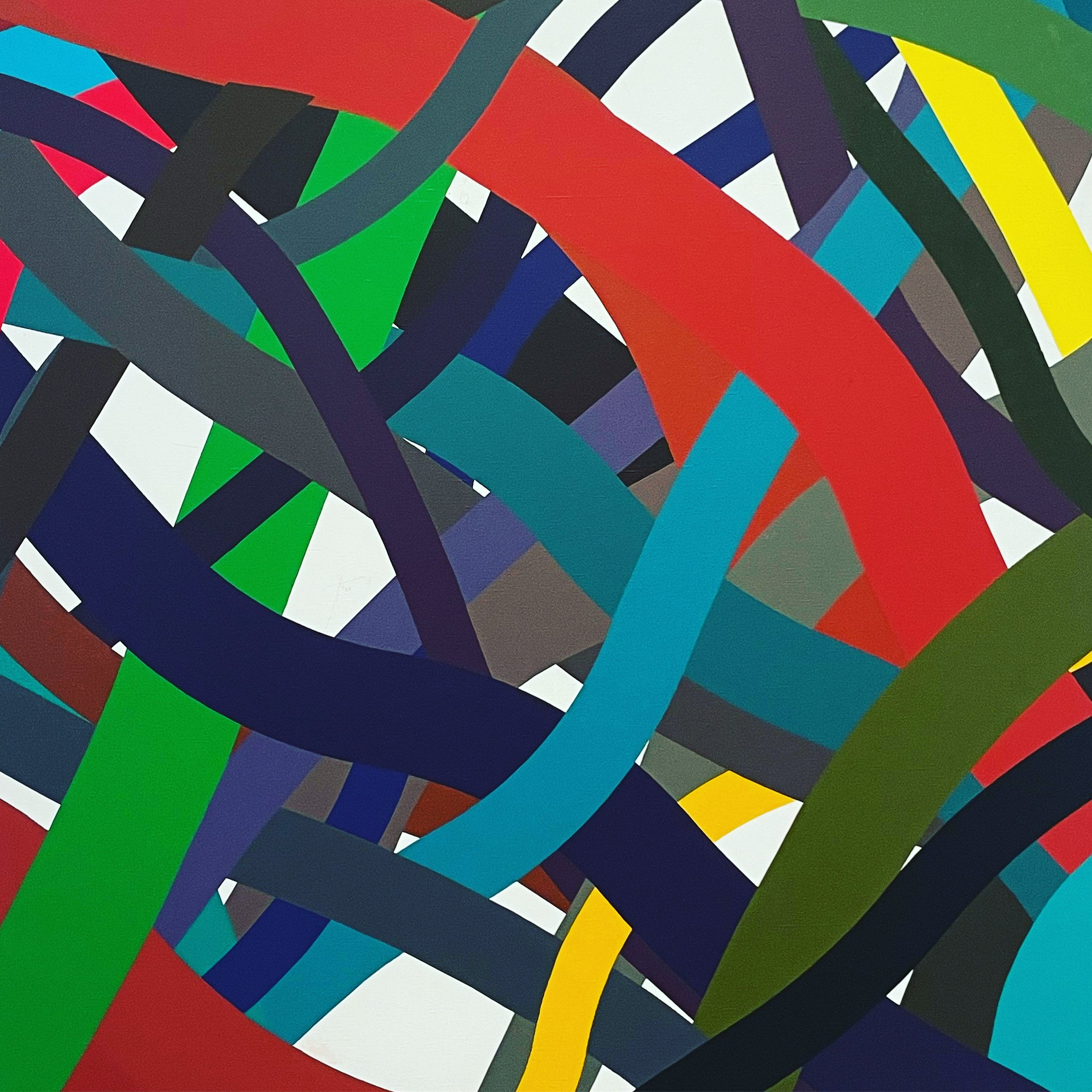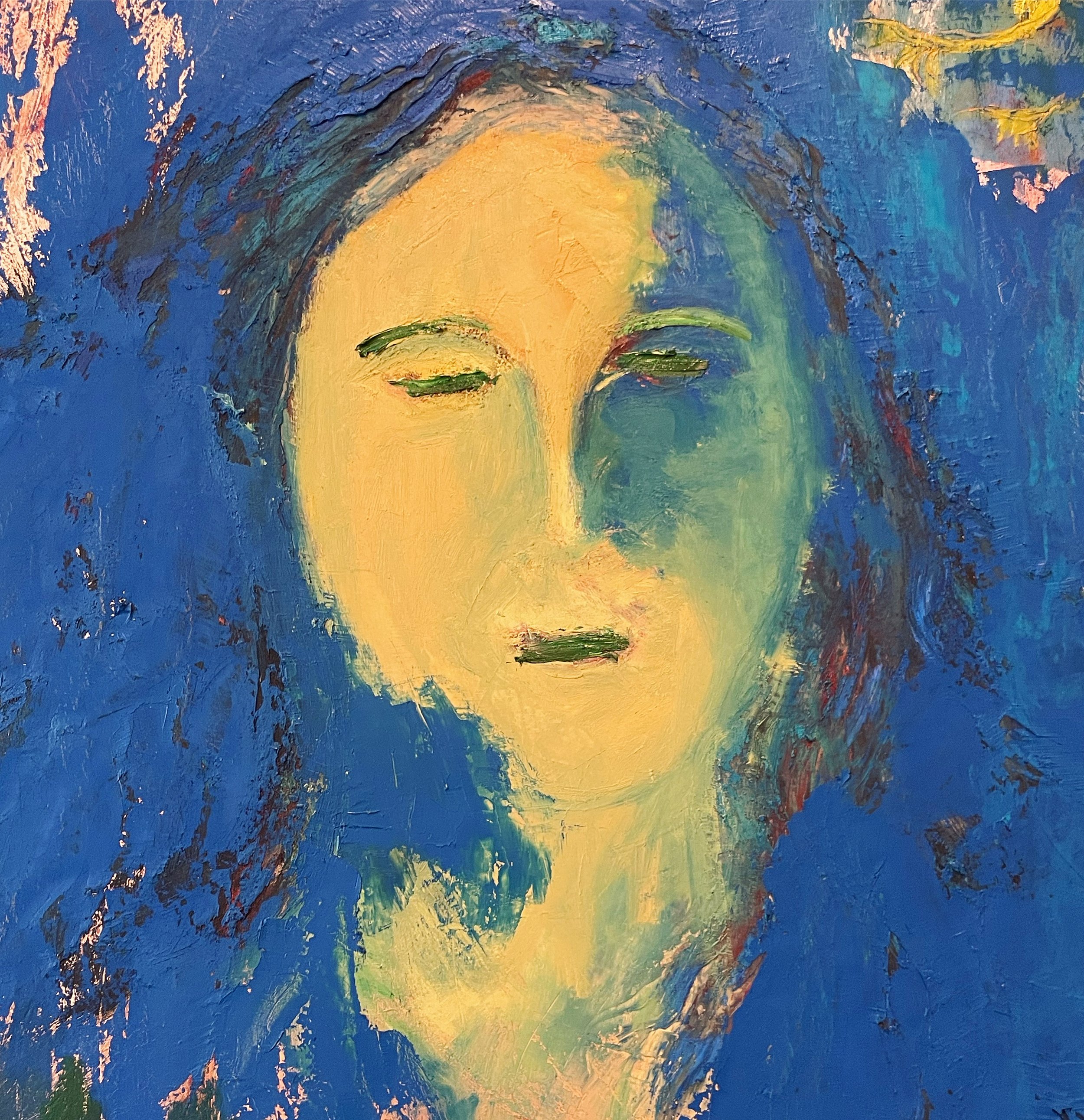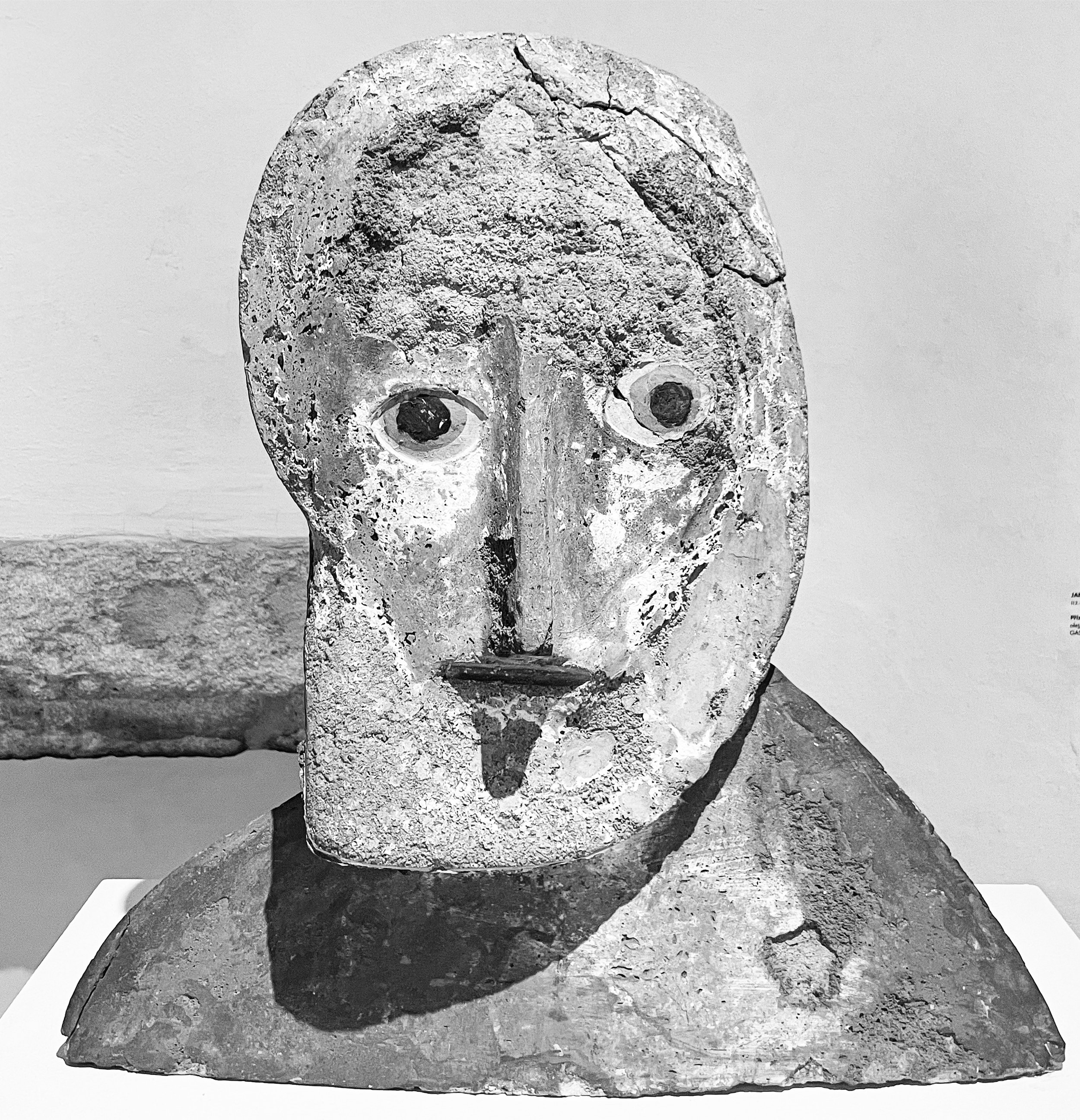YAYOI KUSAMA HIDING IN PLAIN SIGHT AT THE SERRALVES MUSEUM IN PORTO
Porto. A city best known for its “shabby chic” tiled architecture, vertigo-inducing iconic bridges and countless brands of Port wine from the Douro valley is currently also playing host to a fabulous art show by Yayoi Kusama. The local Serralves museum has organized a show called “YAYOI KUSAMA: 1945 TO NOW” that is on display through the end of September.
It was only natural, then, that I took myself and my fortunately very willing friend to see the show during a recent visit to Porto. The start was not for the faint-of-heart. Long lines stretching round the block almost immediately made us question the wisdom of going on a Sunday (especially on a day that was free of charge for local residents), but fortunately, once the museum gates opened, the line moved quickly and within a few minutes we were inside, ready to see Ms. Kusama.
The show, featuring about 160 works, including paintings, drawings, sculptures and installations, covers Kusama’s avant-garde vision from the 1940s through present time, focusing on the different aspects of her interest in interconnection and reflections on natural cycles of regeneration. You will see videos from the artist’s life, her evolving style of painting and her playful installations - from the iconic yellow pumpkins to a profound childlike joy-inducing black and white dotted infinity room (a nice benefit - unlike during the Zwirner show in New York, the wait time here lasts minutes rather than hours! And yes, you will have a lot of fun. We sure did.)
This exhibition is organised by M+, Hong Kong in collaboration with the Serralves Foundation and the Guggenheim Museum Bilbao, curated by Doryun Chong and Mika Yoshitake, supported by Isabella Tam.
For those who are craving even more contemporary art, Porto offers its Art District centered around the Rue de Miguel Bombarda that is lined with many smaller galleries - from Presenca gallery on one end to the more commercial Tilsitt gallery on the other end. Other great galleries are sprinkled throughout the city, such as the great Nuno Centeno or Lehmann + Silva. Just make sure you time your visit after the summer holiday when many galleries close.
Where to stay? Porto is a very walkable city (well, if you don’t mind the cobble stoned streets and its hilly landscape - this is definitely a sneaker town, leave your heels at home) so pick an accommodation that is centrally located. We stayed at the Pousada do Porto and loved its quiet room right off the major pedestrian zone.
Bem vindo ao Porto!
Expanding the Kusama Experience: Kistefos Museum
If you’re a fan of Kusama’s work, another breathtaking destination to consider is the Kistefos Museum in Norway. Home to the famous Twist building designed by Bjarke Ingels, Kistefos features a vast contemporary art sculpture park where Kusama’s vibrant works are displayed alongside other renowned artists like Anish Kapoor and Olafur Eliasson. Located in the Norwegian woods, Kistefos offers a unique blend of art and nature, creating an experience that's both immersive and tranquil—much like Kusama’s works themselves. For more details on the museum, check out my post on Kistefos Museum here.













